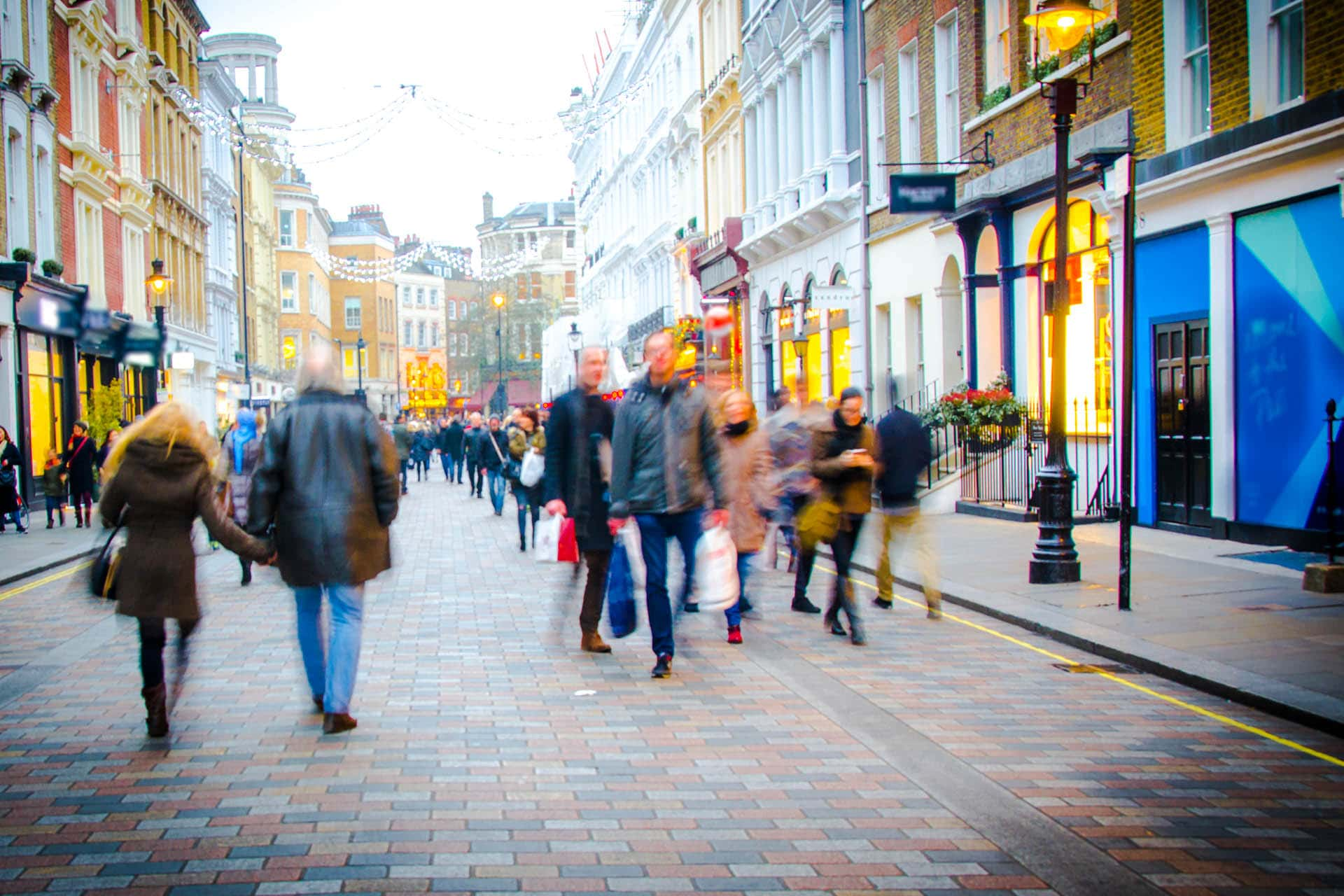Scientists at the University of Liverpool are learning how to collate and use huge volumes of public and commercial data for positive social outcomes. “We sit between the academic world and the commercial sector,” says Professor Alex Singleton from the Geographic Data Science Lab at the University of Liverpool. “We see ourselves as an honest broker of data.”
Using data to relate people and places
Singleton and colleagues use established networks to engage with consumer data organisations -- everything from credit rating agencies to online and offline retailers -- and then use sophisticated machine learning algorithms to analyse data and reveal patterns of interest to social scientists and wider stakeholders. For example, one research theme is social morphology – what determines the shape of communities -- and uses geodemographic analysis (which came out of research on Liverpool in the 70s), to relate people and places. This can identify where people have low aspirations of going into further education, for example, and provide pointers on how to raise them.
“We are interested in patterns of exclusion and opportunity,” says Singleton. “There's a social context to a lot of the work that we do in cities, especially in looking at social outcomes.” For example, people like to be close to shopping centres (but not too close!) and no-one likes the ‘ghost mall’ feeling of wandering in dying commercial sector. So data can be explored in placing a new retail centre, mapping factors such as population density, affluence, and urban infrastructure to identify the likely catchment area.
With many towns and cities forecasting “the death of the high street”, calculating an accurate measure of ‘e-resilience’ to online shopping can be the difference between successful urban regeneration and yet another failed, expensive project. Singleton and colleagues successfully created the first UK e-resilience index that could be used to predict trends in online shopping on high street communities.
Similarly, the AHAH index (‘Access to Health Assets and Hazards’) measures the healthiness of neighbourhoods based on markers such as the number and distribution of pubs, fast-food outlets and gambling shops, cross-linked against accessibility to GPs and leisure centres and green spaces. “That’s been successful and Public Health England picked it up as their Fingertips tool which they use to benchmark local authority performances.”
Working nationally and in partnership
In 2014 the Consumer Data Research Centre (CDRC) was formed as a national service to facilitate access to consumer data by academic and related groups. Based at the University of Liverpool with Singleton as co-Director, the centre brings expertise from the universities of Oxford, Leeds and University College London to collaborate with industry organisations such as Local Data Company, Experian, and CACI. Funded by ESRC (now a part of UKRI) it is a part of phase two of the Big Data Network, a collective effort to utilise the huge volumes of people-centric data now generated for wider societal benefits.
“The CDRC helps us to share best practices from different disciplines across a collective hub,” Singleton explains. “The data science community contains a lot of researchers that we want to work together for common goals relating to urban analytics. It’s also now a strong brand to help us get the best people and data to work with, building training and capacity for the field.”
Back to: Research
